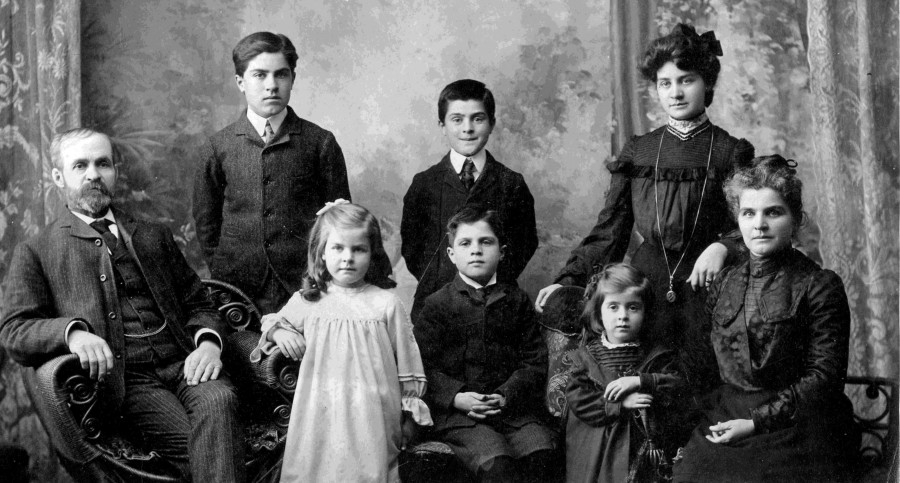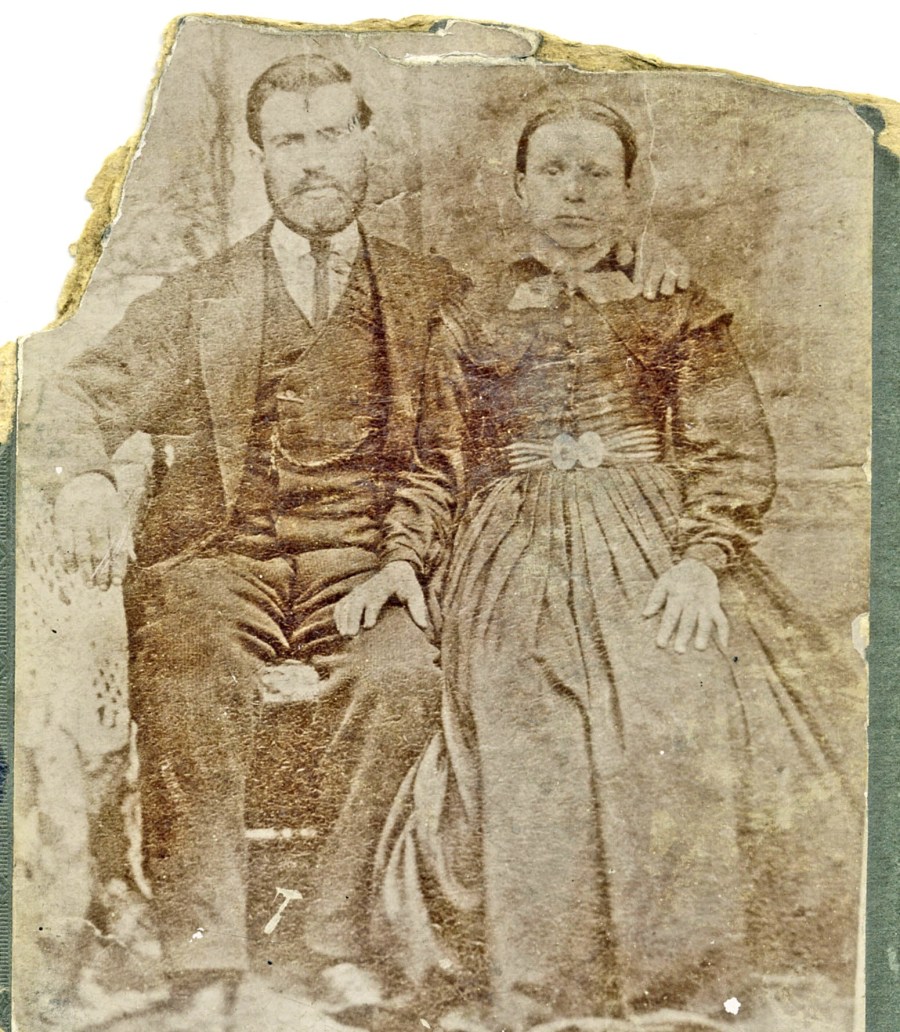Summer is often the time for family reunions; it’s when we may catch up on news and old stories someone else knew in our family and they often make us laugh. Our grand-daughter is going to a reunion of the other side of her family tomorrow and I’ve already asked her to get some answers to questions, I’m interested in. A family reunion is an easy time to ask a relative about some past events or people you feel you should know better. You may also find out more when you stay a little longer with a relative. Speaking to an older relative in particular is often rewarding. I learned of an old story about my grandfather at a Christmas reunion.
So, I’m suggesting to you– ask your older relatives while they are still around. I found out so much later from censuses and wish I’d known to ask about the people shown there. For instance, I thought my father was one of two children and then I discovered that his father had first been married to another woman who had given him four children and died in childbirth in 1884. It took my grandfather 6 years to find another wife, my grandmother, to care for his young children. His oldest may have been about 16 when my father was born so maybe they did not know each other. I wish we’d had a family reunion at which I could have met these four older siblings when I was much younger.
When I was on holiday in Wales 3 years ago, I met two second cousins and discovered loads of information about my grandmother’s sister. I saw that pictures of her children revealed likenesses to my mother’s sisters. It was an exciting find. The stories I was told too confirmed how hard life was in the early 20th century for miners’ families. Both my grandmother and great-aunt had huge families of eleven and ten.
Through my interest in genealogy, I met a third cousin in USA. We corresponded for a while and I was given pictures of her grandfather, my paternal grandmother’s brother. It could have been my own father as he had the same shape face and just small strays of hair left. I not only discovered how adventurous my great-uncle was in coming to America with two other brothers, I also met my new cousin. That same cousin is only ten days younger than me and we have similar shaped faces.Later I had a holiday with her and her husband in Florida. That correspondence has been a source of joy then and now. You never know what might happen if you follow through an interest in your family.
Another cousin of my husband’s came from a Welsh background and, on looking at the early 19th century censuses, we discovered that her Vivian family lived just one street over from my Francis great-great grandparents and, added to that, both men were in the plumbing and boiler industries. They probably knew each other. We were both delighted at this possibility of having ancestors living in Llanelli at the same time.
A friend came from Manitoba to live in Leamington. Through an old story that his relatives had travelled from Ontario, we discovered that they were real pioneers, using a ferry boat and stage-coach first to cross to Michigan, then a train to Minnesota and braving at least 10 weeks in long canoes to reach the Canadian border where they had to spend one winter in a sod house! What a great story that became once we traced the route and the time it all took.
It is well worth discovering your family’s roots and enjoying their achievements. I wrote a story about our local town, Amherstburg* and found names of black immigrants who came to Canada to be free after 1833 and who obtained land for their part in the local militia back in 1838. Their descendants still live on the land they won over 180 years ago. I love that story.
Have fun discovering more family stories this summer. Summer get-togethers are certainly times to cement family bonds and learn facts and stories that can add more interest to your own life story writing. I’d love to hear how you make out.
- An Unexpected Friendship: Amherstburg 1846




